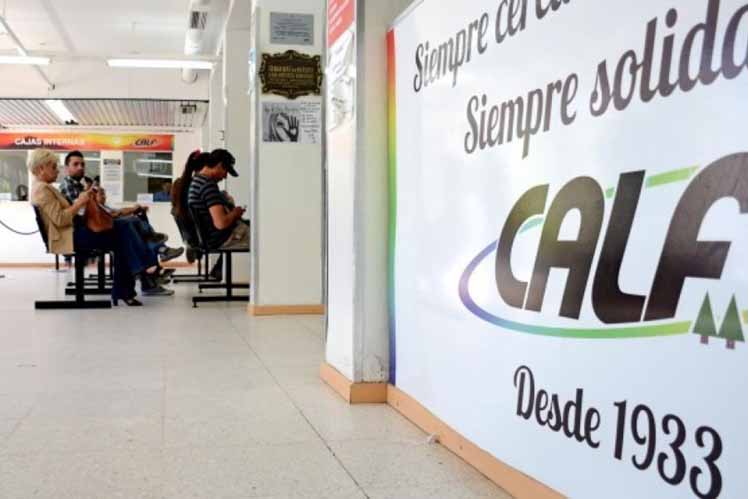In its biggest and most thorough massive open online course (MOOC) to date, the Knight Center for Journalism in the Americas has teamed up with nine experts to teach students how to produce compelling stories using data and visualization.
“Data Journalism and Visualization with Free Tools,” is a six-week course offered with support from the Google News Initiative and taught in English, Spanish and Portuguese simultaneously. It will run from Oct. 14 to Nov. 24, so register today!
“The purpose of the course is to cover the entire pipeline of producing a data journalism story from gathering the data, organizing the data and cleaning it up, transforming it and then exploring the data trying to find possible potential stories in it,” explained lead instructor Alberto Cairo, Knight Chair in Visual Journalism at the University of Miami. “Then also to learn how to visualize the data and present it to the public. And finally building the entire story at the end.”
“A lot of people get intimidated by the idea of data journalism because they feel like it’s too complicated. The tools are expensive, they don’t know where to begin. So we’re going to show people where to begin,” lead course instructor Simon Rogers, data editor on the News Lab team at Google, said. “And there’s a ton of stuff that’s out there that’s all free, easy to use, that makes it simple to just begin and start producing.”
Cairo and Rogers will be joined by a team of great instructors, including Marco Túlio Pires (Google), Minhaz Kazi (Google), Dale Markowitz (Google Cloud), Debra Anderson (Datavized), Duncan Clark (Flourish/Kiln), Jan Diehm (The Pudding) and Katherine Riley (Flourish).
“We’re bringing in people who have really got the expertise to help us make the course better,” Rogers said, explaining that the instructors are specialists in the tools they will teach during the course.
“It’s also a variety of perspectives that all these instructors bring to the course,” Cairo said. “I think that is very valuable.”
Each week of the course focuses on a different topic:
- How to find and download data
- How to prepare data for exploration and visualization
- How to extract meaning from the data
- How journalists can take advantage of machine learning and artificial intelligence
- How to create visualizations
- How to structure a data-driven visual story
“At its core, data journalism really isn’t all that different from what we think of as traditional reporting. In one you’re interviewing people, in the other, you’re interviewing data,” said instructor Jan Diehm of The Pudding, winner of the General Excellence in Online Journalism Award from the Online News Association. “Journalists need to be able to ask questions and relay information no matter their subject.”
“Journalists have always operated as conduits, and in a world that’s increasingly reliant on data, it’s important for us to adapt and expand our skills to continue that tradition. Sometimes data journalism can be presented as a magical power, but it should be integral to every journalist’s toolbox,” Diehm said.
Diehm joins lead instructors Rogers and Cairo, who are both involved with the Data Journalism Awards (DJA), a competition organized by the Global Editors Network. Rogers is the director of the DJA and Cairo is a jury member.
Through that experience, Rogers said they’ve seen data journalism become “democratized in a way that we were always hoping would happen, but that’s actually started to happen.”
“We had entries from Mongolia and Afghanistan and Pakistan and Nigeria and all around the world. And that’s really encouraging to me to see that and often these are people working on their own, very small teams, using free tools to create really interesting data journalism,” Rogers said.
With this MOOC, available in three languages, the Knight Center aims to grow the number of journalists and newsrooms around the world using data journalism in their daily routines.
This is the eleventh course Cairo has taught for the Knight Center regarding data visualization, but he said this one is “much bigger in scope…Imagine bringing together like five or six different MOOCs into one.”
Cairo is also associate professor at the University of Miami. He also is the author of several books, including “The Functional Art” (2012), “The Truthful Art” (2012) and the forthcoming “How Charts Lie,” due out on Oct. 15. He taught the Knight Center’s first MOOC, which focused on infographics and data journalism, in 2012. Cairo worked at Editora Globo in Brazil and El Mundo in Spain.
Lead instructor and British data journalist Simon Rogers is data editor on the News lab team at Google and author of the book “Facts are Sacred” (2013). He also teaches data journalism at Northwestern University’s Medill School of Journalism and has taught at the University of California, Berkeley’s School of Journalism. Previously, he was the first Data Editor at Twitter and a news editor at the Guardian.
“We are very enthusiastic about the new online course not only because of the wide range of free tools we will be teaching, but also because it is the first MOOC we will offer in the three languages we have used in our programs, since the inception of the Knight Center: English, Spanish and Portuguese,” said professor Rosental Alves, founder and director of the Knight Center for Journalism in the Americas at the Moody College of Communication.
“We have had more than 182,000 students from 200 countries and territories, since we started the Knight Center’s Massive Open Online Courses. We are grateful to Google News Initiative for its support of our effort to democratize the access to state-of-the-art tools that help journalists do their job in innovative and efficient ways,” said Alves.
The course “Data Journalism and Visualization with Free Tools” will be taught using video lectures, readings and exercises, discussion forums and quizzes.
It is open to anyone interested in data journalism and visualization and no previous experience is required.
Students will learn about and use free tools like Google Sheets, Data Studio, Flourish and more.
The course is asynchronous, meaning it can be completed during the days and at times most convenient for the student. However, there are recommended deadlines so as not to fall behind.
Finally, students can obtain a certificate of participation in PDF format if they successfully complete all course requirements and pay an administrative fee of US $30. No formal college credit is associated with the certificate.
About the Knight Center
The Knight Center for Journalism in the Americas was created in 2002 by Professor Rosental Alves, Knight Chair of Journalism at the Moody College of Communication at the University of Texas, thanks to the generous donations of the John S. and James L. Knight Foundation. The Knight Center’s distance learning program began in 2003 and is funded in part by the Knight Foundation. Over the past six years, the Knight Center MOOCs have reached more than 170,000 people in 200 countries and territories.



